Home>Gardening & Outdoor>Outdoor Structures>How To Screw Composite Decking


Outdoor Structures
How To Screw Composite Decking
Modified: January 14, 2024
Learn the best techniques for installing composite decking and creating durable outdoor structures. Get expert tips and advice for a long-lasting outdoor space.
(Many of the links in this article redirect to a specific reviewed product. Your purchase of these products through affiliate links helps to generate commission for Storables.com, at no extra cost. Learn more)
Introduction
Welcome to the world of composite decking! Whether you're a seasoned DIY enthusiast or a homeowner looking to enhance your outdoor living space, understanding the nuances of installing composite decking is crucial for a successful and long-lasting project. One of the fundamental aspects of this process is knowing how to properly screw composite decking to ensure structural integrity and aesthetic appeal.
Composite decking has gained immense popularity due to its durability, low maintenance requirements, and aesthetic versatility. Unlike traditional wood decking, composite boards are crafted from a blend of recycled materials, such as wood fibers and plastic, resulting in a product that is highly resistant to rot, warping, and insect damage. This makes composite decking an ideal choice for outdoor structures that endure varying weather conditions and heavy foot traffic.
In this comprehensive guide, we will delve into the intricacies of screwing composite decking, covering everything from understanding the composition of composite boards to selecting the right screws and executing the installation process with precision. Additionally, we will explore the essential steps for preparing the decking surface, installing the screws effectively, and maintaining the integrity of your composite decking over time.
By the end of this journey, you will be equipped with the knowledge and confidence to embark on your composite decking project, ensuring that every screw is meticulously placed to optimize the performance and longevity of your outdoor oasis. So, let's dive into the world of composite decking and master the art of screwing it down with finesse!
Key Takeaways:
- Choose stainless steel screws with the right dimensions and thread design to secure composite decking effectively, ensuring structural stability and resistance to corrosion for a long-lasting outdoor oasis.
- Meticulously prepare the decking surface, align and position the screws strategically, and follow maintenance practices to preserve the allure and resilience of composite decking, creating a captivating and enduring outdoor retreat.
Read more: How To Fill Screw Holes In Composite Decking
Understanding Composite Decking
Before delving into the intricacies of screwing composite decking, it’s essential to grasp the unique characteristics of this innovative building material. Composite decking is a blend of wood fibers, recycled plastics, and bonding agents, meticulously engineered to offer unparalleled durability and aesthetic appeal.
One of the primary advantages of composite decking is its exceptional resistance to environmental stressors. Unlike traditional wood decking, composite boards are impervious to rot, decay, and insect infestations, making them an ideal choice for outdoor structures subjected to varying weather conditions.
Furthermore, composite decking exhibits remarkable dimensional stability, meaning it is highly resistant to warping, cracking, and splintering. This attribute is particularly valuable in regions with fluctuating humidity and temperature levels, where traditional wood decking may succumb to these environmental challenges.
Another compelling feature of composite decking is its low maintenance requirements. Unlike wood, composite boards do not require staining, sealing, or painting to preserve their visual allure and structural integrity. A simple routine of occasional cleaning with mild soap and water is usually sufficient to keep composite decking looking pristine for years to come.
Additionally, composite decking offers a diverse range of colors, textures, and finishes, allowing homeowners to customize their outdoor spaces with unparalleled versatility. Whether you prefer the warm aesthetics of natural wood grains or the sleek appeal of contemporary designs, composite decking provides an array of options to suit your stylistic preferences.
By understanding the composition and exceptional attributes of composite decking, you can appreciate the significance of utilizing the right screws and installation techniques to complement and enhance the inherent qualities of this remarkable building material. With this foundational knowledge in place, let’s proceed to explore the crucial considerations for choosing the right screws to secure composite decking effectively.
Choosing the Right Screws
When it comes to securing composite decking, the selection of appropriate screws plays a pivotal role in ensuring structural integrity, longevity, and visual appeal. Unlike traditional wood decking, which often utilizes nails for fastening, composite decking necessitates the use of screws specifically designed for this material.
One of the primary considerations when choosing screws for composite decking is their resistance to corrosion. Stainless steel screws are highly recommended due to their exceptional durability and resistance to rust and corrosion, which are particularly crucial for outdoor applications exposed to moisture and fluctuating weather conditions.
Furthermore, the length and diameter of the screws are critical factors to consider. The screws must be long enough to penetrate through the composite boards and securely fasten them to the underlying joists or substructure. Additionally, the diameter of the screws should be appropriate to provide ample holding power without causing damage to the decking material.
It’s also essential to opt for screws with a thread design specifically tailored for composite decking. These threads are engineered to create a secure bond between the decking boards and the underlying structure, minimizing the risk of board movement, warping, or loosening over time.
Moreover, the color and aesthetics of the screws should not be overlooked, especially in terms of visual cohesiveness with the composite decking. Many manufacturers offer screws that are color-matched to the various hues of composite decking, ensuring a seamless and polished appearance upon installation.
Additionally, some composite decking manufacturers provide guidelines and recommendations for compatible screws that are specifically tested and approved for use with their products. Adhering to these guidelines can contribute to the overall performance and warranty compliance of the composite decking, providing assurance and peace of mind for homeowners.
By carefully considering the material, dimensions, corrosion resistance, thread design, and aesthetic compatibility of the screws, you can ensure that the fastening elements harmonize with the exceptional attributes of composite decking, contributing to a structurally sound, visually appealing, and enduring outdoor living space. With the knowledge of selecting the right screws at your disposal, let’s proceed to explore the essential steps for preparing the decking surface before installing the screws.
Preparing the Decking Surface
Prior to installing the screws and securing the composite decking in place, meticulous preparation of the decking surface is paramount to ensure optimal performance and longevity of the outdoor structure. The following steps outline the essential preparatory measures:
- Clean the Substructure: Begin by ensuring that the underlying joists or substructure are clean, free of debris, and structurally sound. Remove any accumulated dirt, leaves, or organic matter that may have settled between the joists, as these can potentially impede proper drainage and ventilation, leading to moisture-related issues over time.
- Check for Alignment and Levelness: Verify that the substructure is level and properly aligned, as any inconsistencies in the substructure can impact the stability and aesthetics of the composite decking once installed. Address any deviations in alignment or levelness before proceeding with the installation.
- Allow for Proper Ventilation: Adequate ventilation is crucial for the longevity of the composite decking. Ensure that the substructure allows for proper airflow to prevent moisture buildup, which can compromise the integrity of the decking material. This is particularly important in humid or rainy climates.
- Consider Joist Protection: To further safeguard the substructure and enhance the longevity of the decking system, consider utilizing joist tape or protective membrane on the top of the joists. This acts as a barrier, preventing moisture intrusion and minimizing the potential for rot or decay over time.
By meticulously preparing the decking surface and ensuring that the substructure is clean, level, well-ventilated, and adequately protected, you set the stage for a successful and enduring composite decking installation. With the decking surface primed for the next steps, let’s move on to the crucial process of installing the screws to secure the composite boards in place.
When screwing composite decking, use screws specifically designed for composite materials to prevent splitting and ensure a secure hold. Pre-drilling pilot holes can also help prevent cracking.
Installing the Screws
With the decking surface meticulously prepared, it’s time to delve into the process of installing the screws to secure the composite boards in place. The following steps outline the essential guidelines for effectively and precisely installing the screws:
- Pre-Drilling: In some cases, pre-drilling pilot holes may be recommended, especially near the ends of the composite boards to prevent splitting or cracking during the screwing process. This is particularly important when working with dense or coextruded composite decking materials.
- Positioning of the Screws: Position the screws strategically along the outer edges and through the center of the composite boards, ensuring that they penetrate the underlying joists or substructure securely. Consistent spacing between the screws is crucial to maintain uniformity and structural stability across the decking surface.
- Applying Even Pressure: When driving the screws into the composite decking, apply even pressure to achieve a flush and seamless finish. Avoid over-tightening the screws, as this can potentially cause deformation or damage to the boards, compromising their structural integrity.
- Utilizing Hidden Fastening Systems: Consider utilizing hidden fastening systems, such as concealed clips or fasteners, for a sleek and unblemished decking surface. These systems offer a seamless aesthetic by concealing the screws beneath the surface, enhancing the visual appeal of the composite decking.
- Verifying Manufacturer Guidelines: Refer to the guidelines provided by the composite decking manufacturer regarding the recommended installation practices and screwing techniques. Adhering to these specifications can ensure compliance with warranty requirements and optimize the long-term performance of the decking system.
By meticulously following these guidelines and exercising precision during the screw installation process, you can secure the composite decking with confidence, ensuring structural stability, aesthetic finesse, and long-term durability. With the screws effectively installed and the composite decking securely fastened, it’s essential to explore the best practices for maintaining the integrity and visual allure of the outdoor structure over time.
Maintaining Composite Decking
While composite decking boasts exceptional durability and low maintenance requirements, implementing a proactive maintenance regimen can further enhance its longevity and visual appeal. The following practices are instrumental in preserving the integrity of composite decking:
- Routine Cleaning: Regularly clean the composite decking surface with a mild soap and water solution to remove dirt, debris, and any potential stains. This simple maintenance task helps uphold the pristine appearance of the decking and prevents the buildup of grime or organic matter.
- Preventing Mold and Mildew: In humid or shaded areas, mold and mildew may develop on the surface of the composite decking. Utilize a composite deck cleaner specifically formulated to combat mold and mildew, following the manufacturer’s recommendations for application and cleaning frequency.
- Minimizing Staining: Take preventive measures to minimize the risk of staining on the composite decking. Avoid placing hot items directly on the decking surface, and promptly clean up spills to prevent permanent discoloration or blemishes.
- Inspecting and Repairing: Periodically inspect the decking for any signs of damage, such as loose boards, protruding screws, or surface imperfections. Address any issues promptly to maintain the structural integrity and visual cohesiveness of the decking system.
- Trimming Vegetation: Trim any overhanging vegetation or foliage near the composite decking to prevent organic debris from accumulating and potentially causing moisture-related issues. Adequate airflow and sunlight exposure contribute to the long-term preservation of the decking material.
By incorporating these maintenance practices into your composite decking care routine, you can uphold its aesthetic allure and structural resilience, ensuring that your outdoor oasis remains a captivating and enduring extension of your home. With the knowledge of maintaining composite decking at your disposal, you are well-equipped to embark on your decking project with confidence and foresight.
Conclusion
Embarking on a composite decking project is an exciting endeavor that offers the opportunity to transform your outdoor living space into a captivating and enduring retreat. By mastering the art of screwing composite decking, you can elevate the structural integrity, visual appeal, and longevity of your outdoor oasis with precision and finesse.
Throughout this comprehensive guide, we’ve explored the fundamental aspects of understanding composite decking, choosing the right screws, preparing the decking surface, installing the screws, and maintaining the integrity of this innovative building material. Each step is instrumental in ensuring the success of your composite decking project and the enduring beauty of your outdoor sanctuary.
From the meticulous selection of corrosion-resistant screws to the strategic positioning and installation techniques, every detail contributes to the structural stability and aesthetic cohesiveness of the composite decking. Additionally, the proactive maintenance practices outlined in this guide empower you to preserve the allure and resilience of your outdoor structure for years to come.
As you embark on your composite decking journey, remember that attention to detail, adherence to manufacturer guidelines, and a proactive approach to maintenance are key elements in achieving a remarkable and enduring outdoor space. Whether you’re creating a serene retreat for relaxation or a vibrant entertainment area for gatherings, the art of screwing composite decking with precision and care ensures that your vision becomes a captivating reality.
With this knowledge in hand, you are poised to embark on your composite decking project with confidence, equipped to transform your outdoor space into a captivating and enduring extension of your home. Embrace the journey, savor the creative process, and revel in the transformation of your outdoor oasis into a cherished haven for years to come.
Frequently Asked Questions about How To Screw Composite Decking
Was this page helpful?
At Storables.com, we guarantee accurate and reliable information. Our content, validated by Expert Board Contributors, is crafted following stringent Editorial Policies. We're committed to providing you with well-researched, expert-backed insights for all your informational needs.
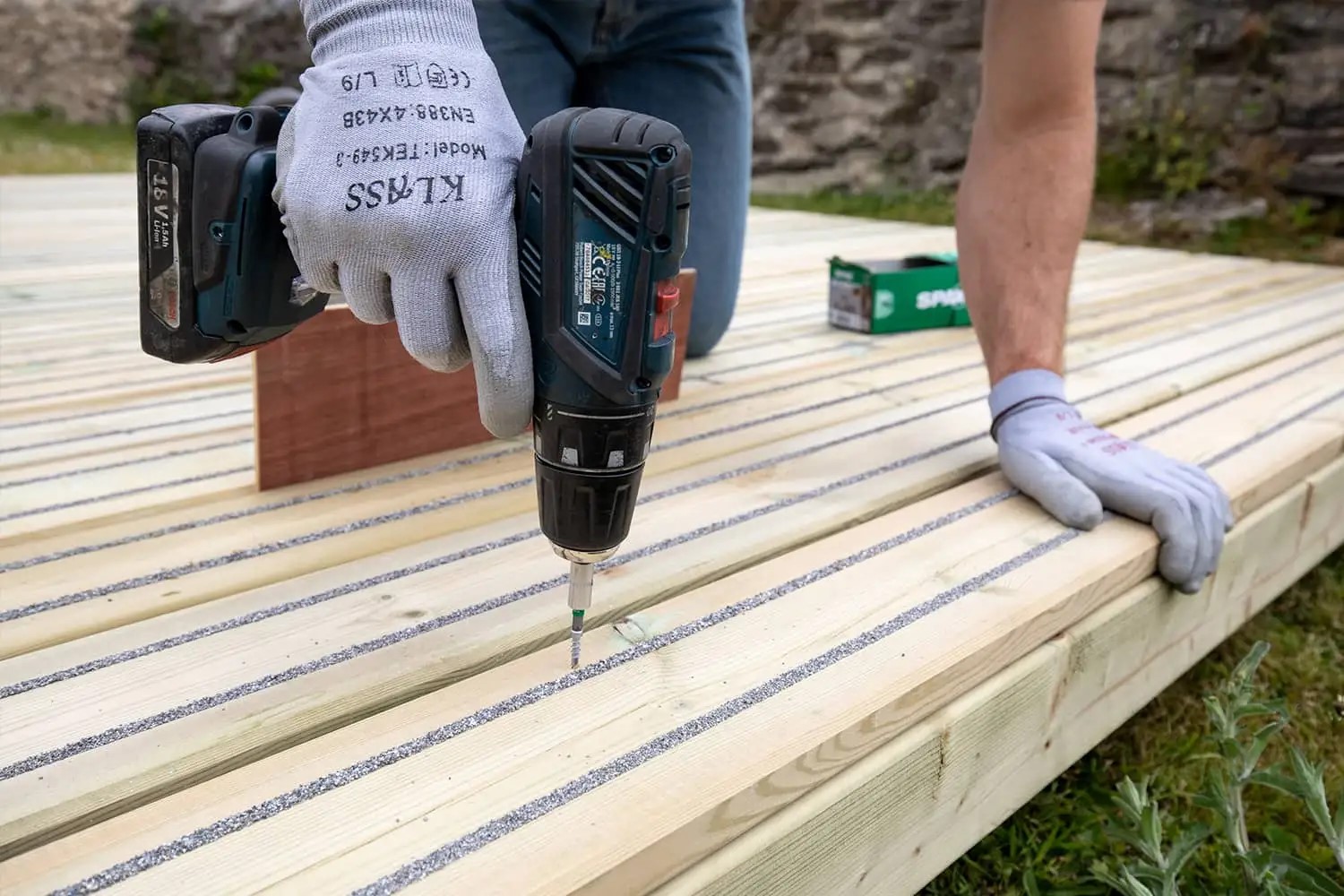
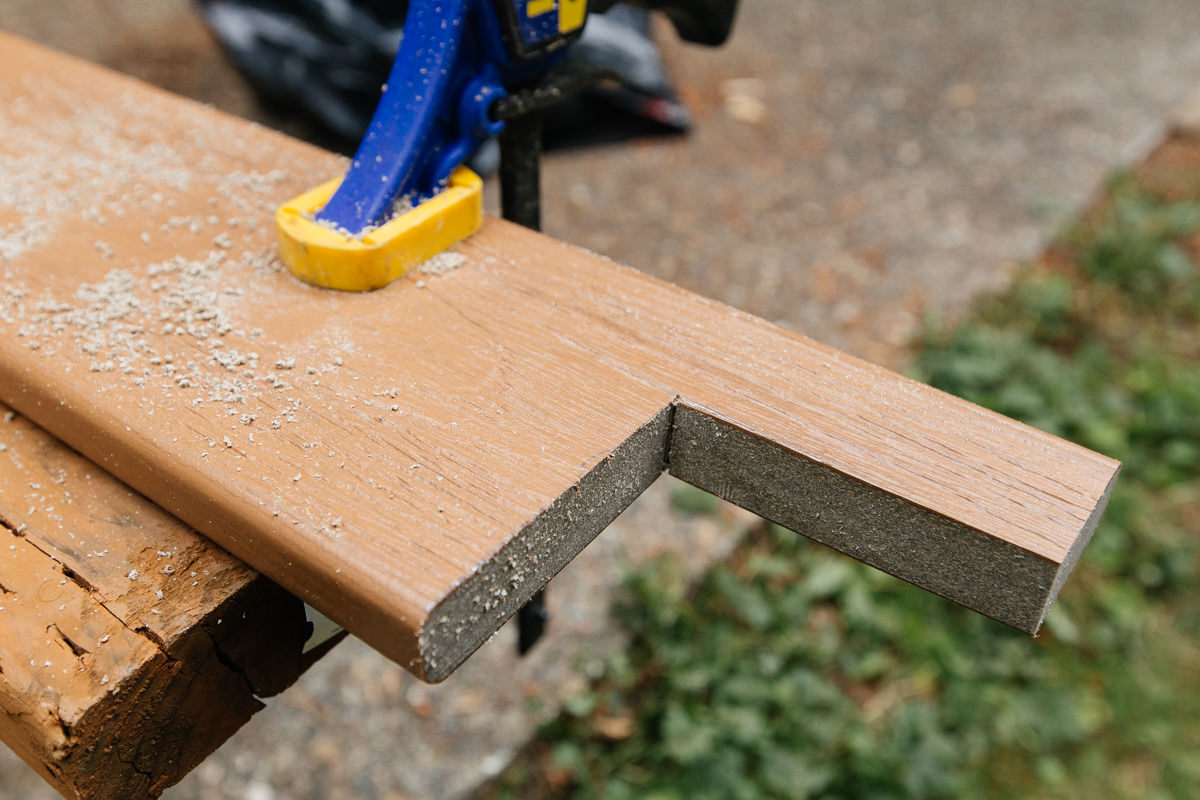
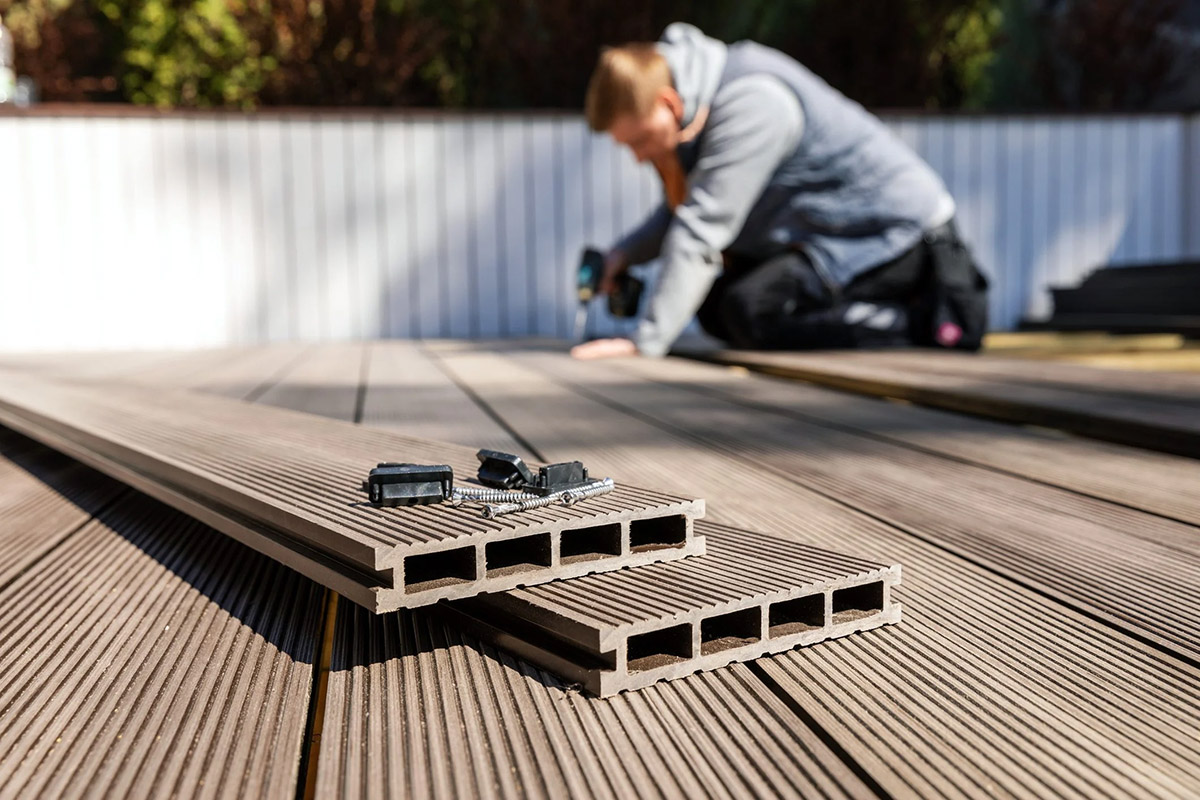
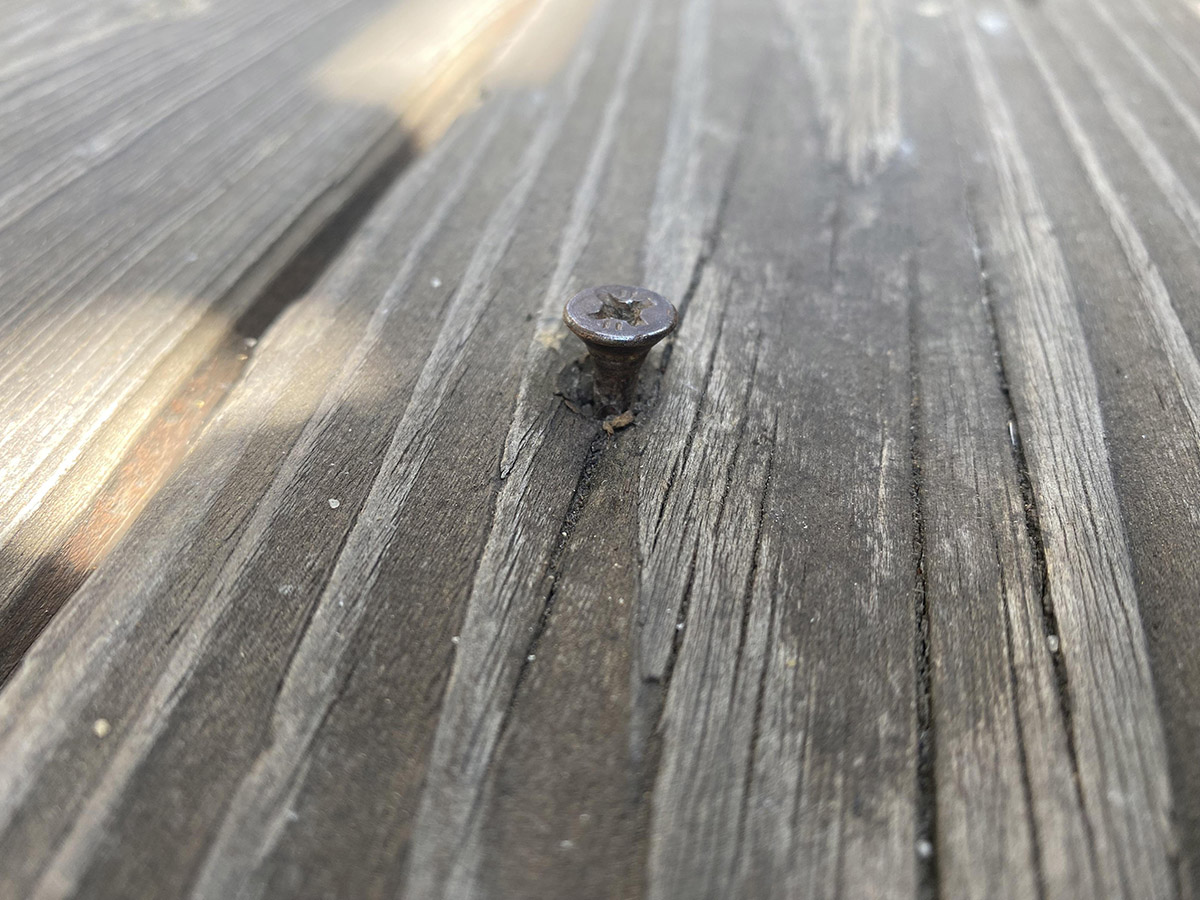

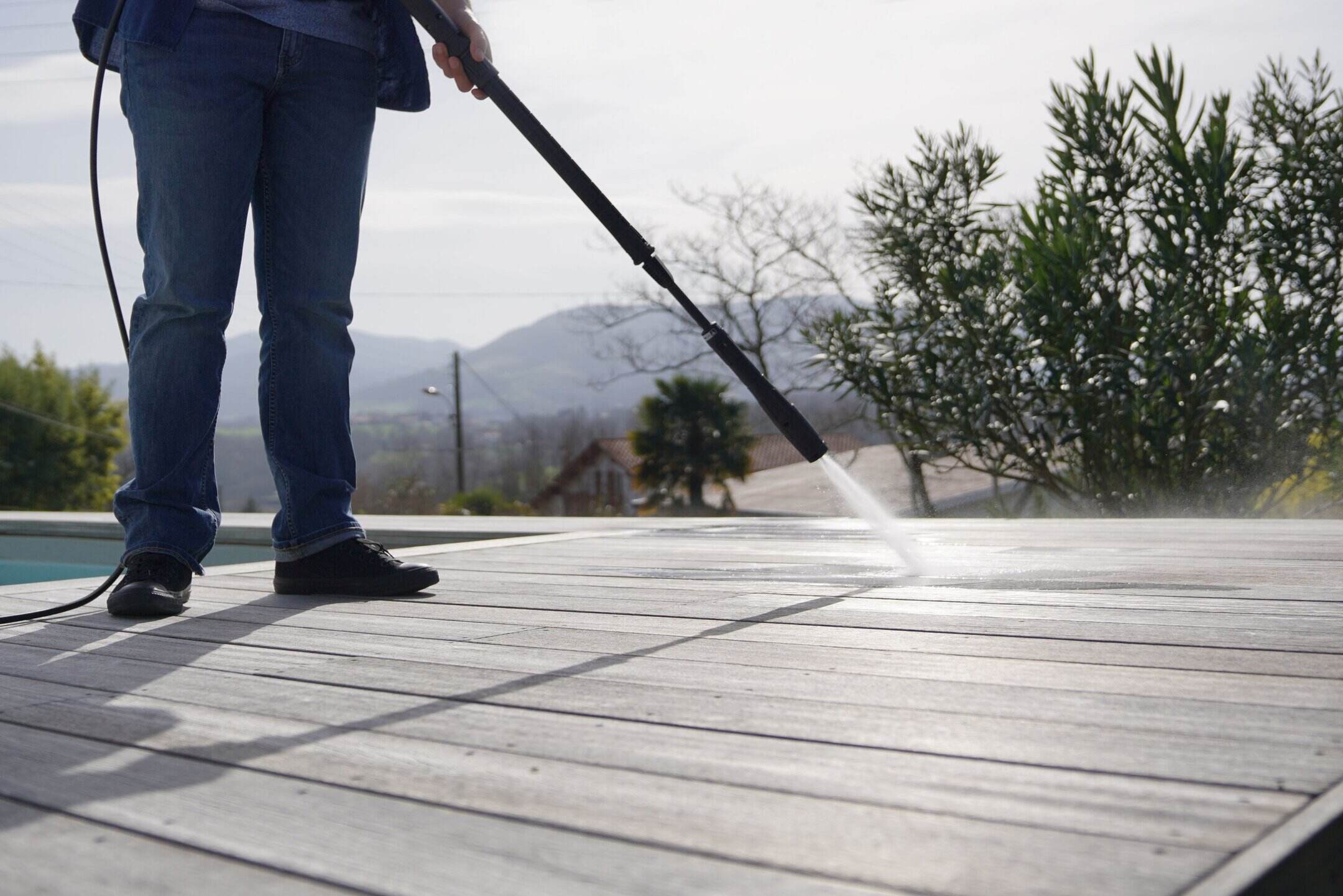
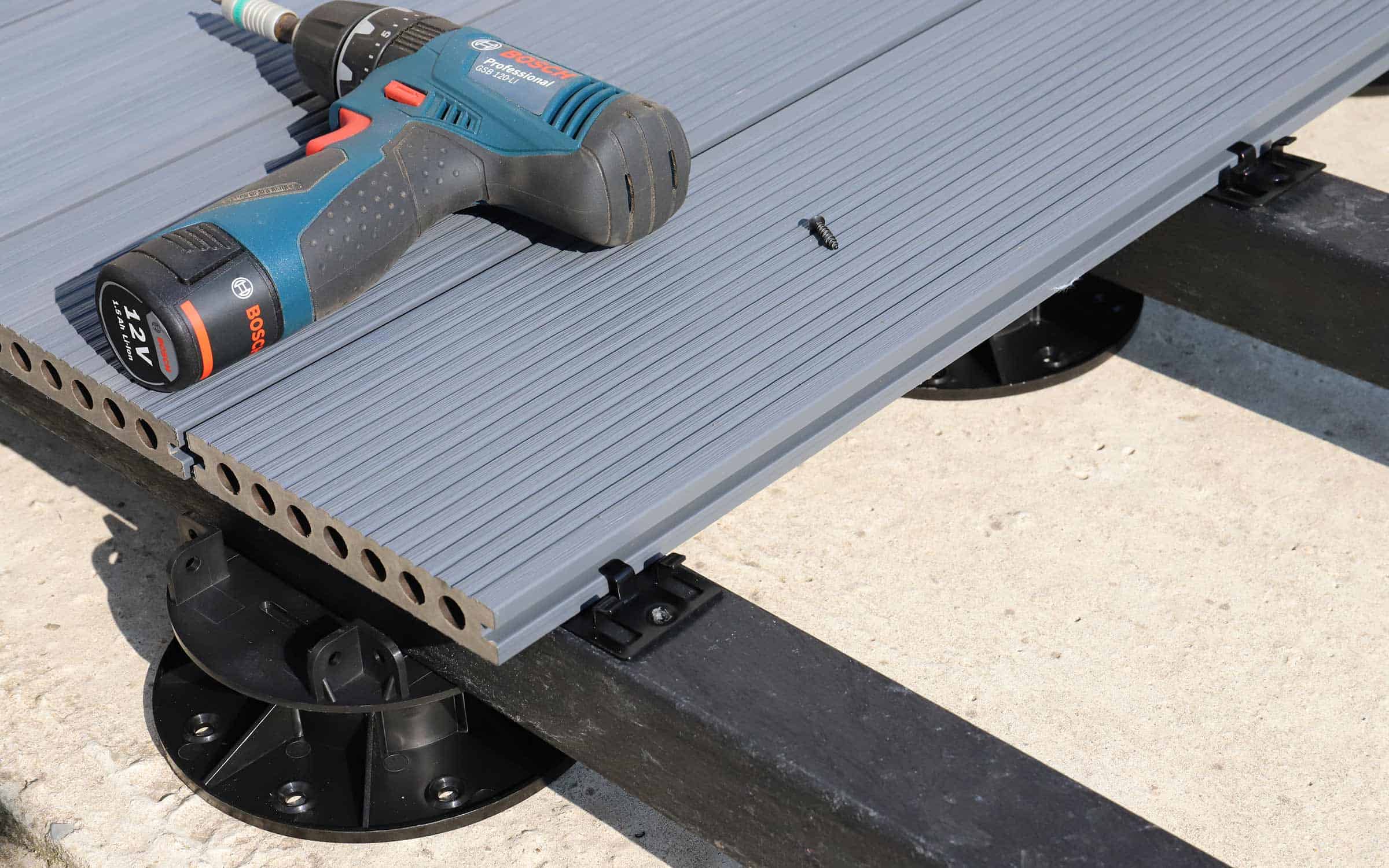
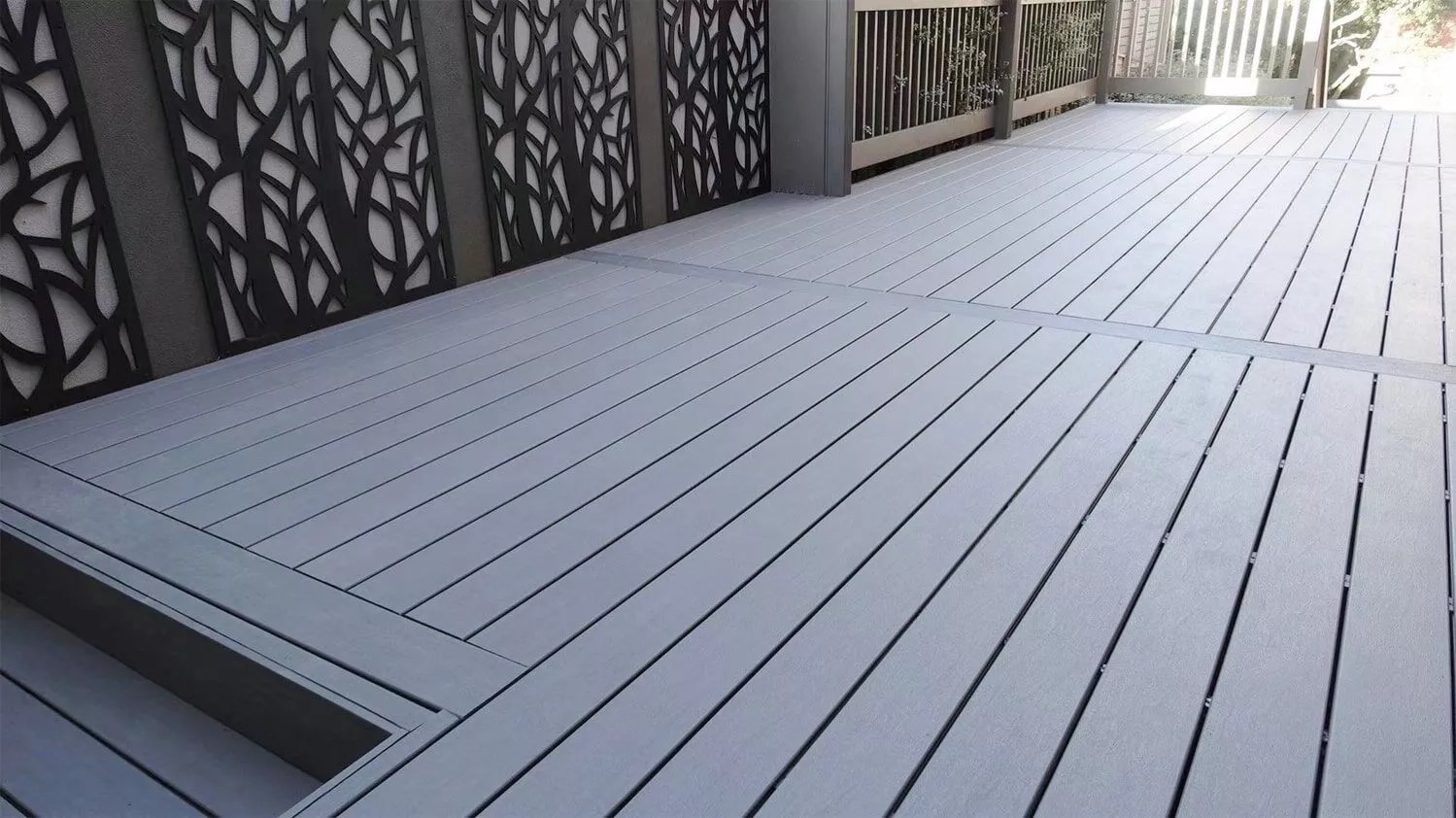
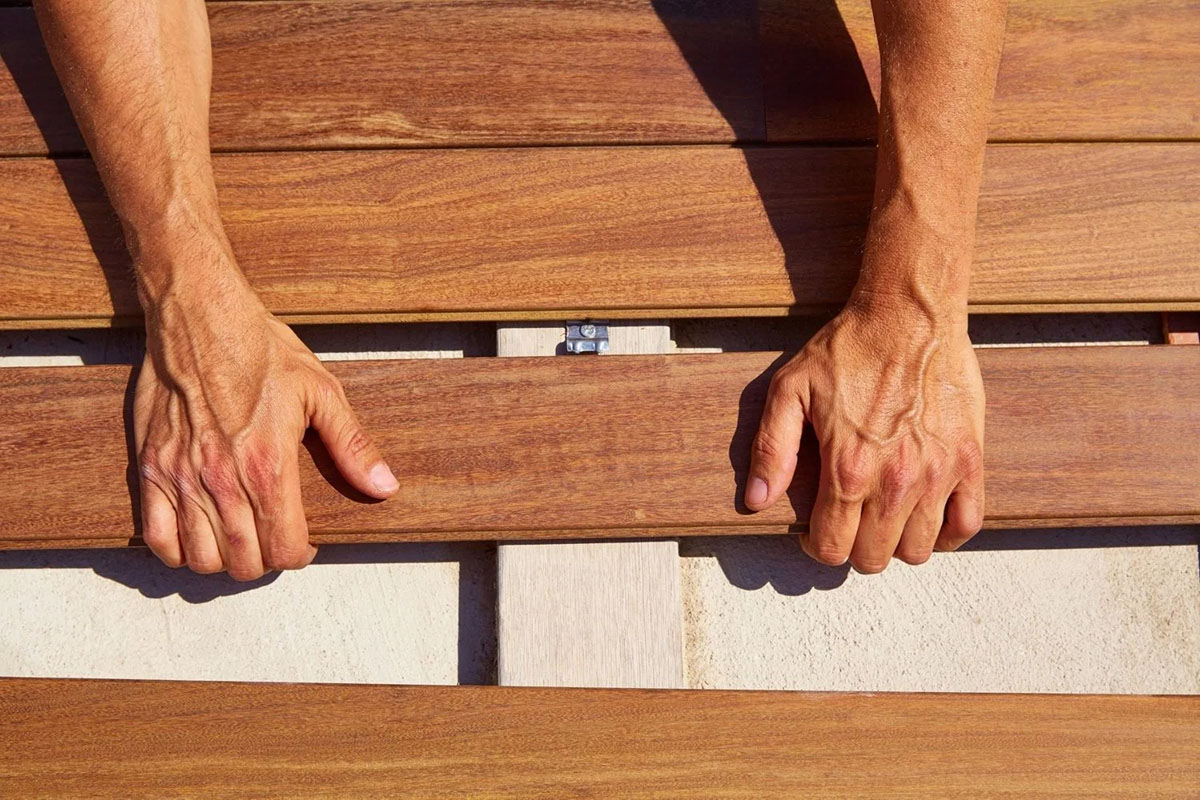
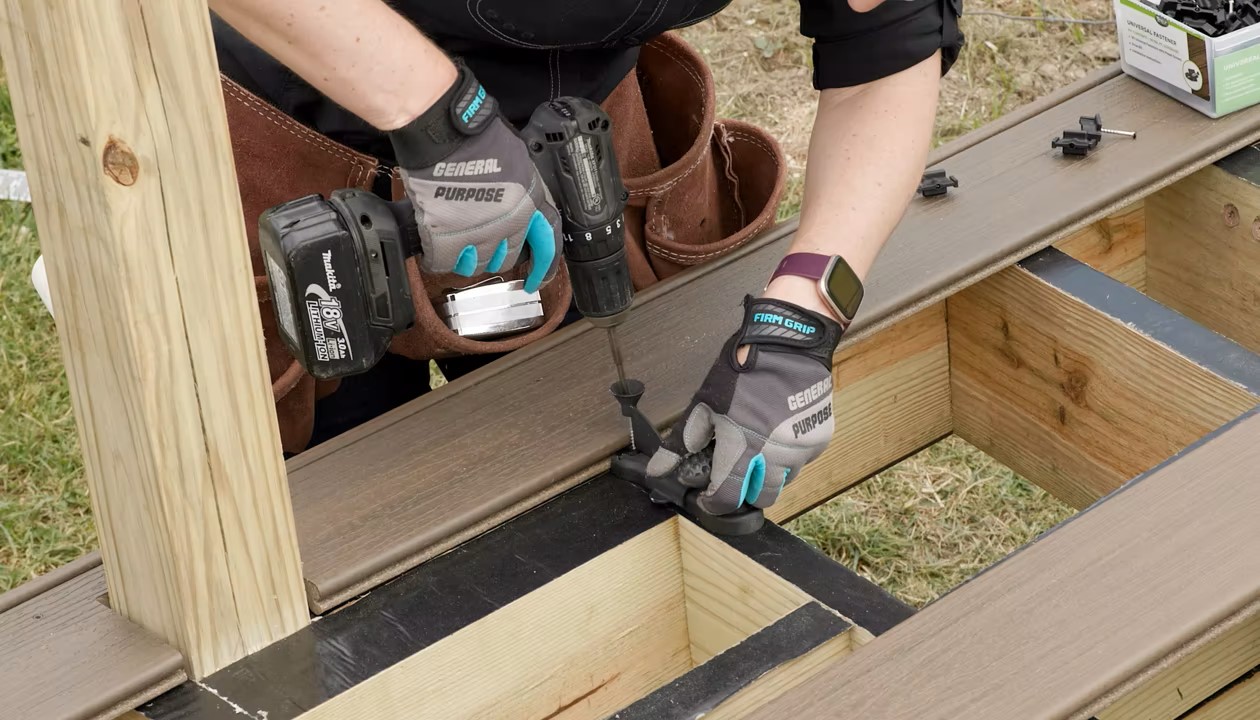
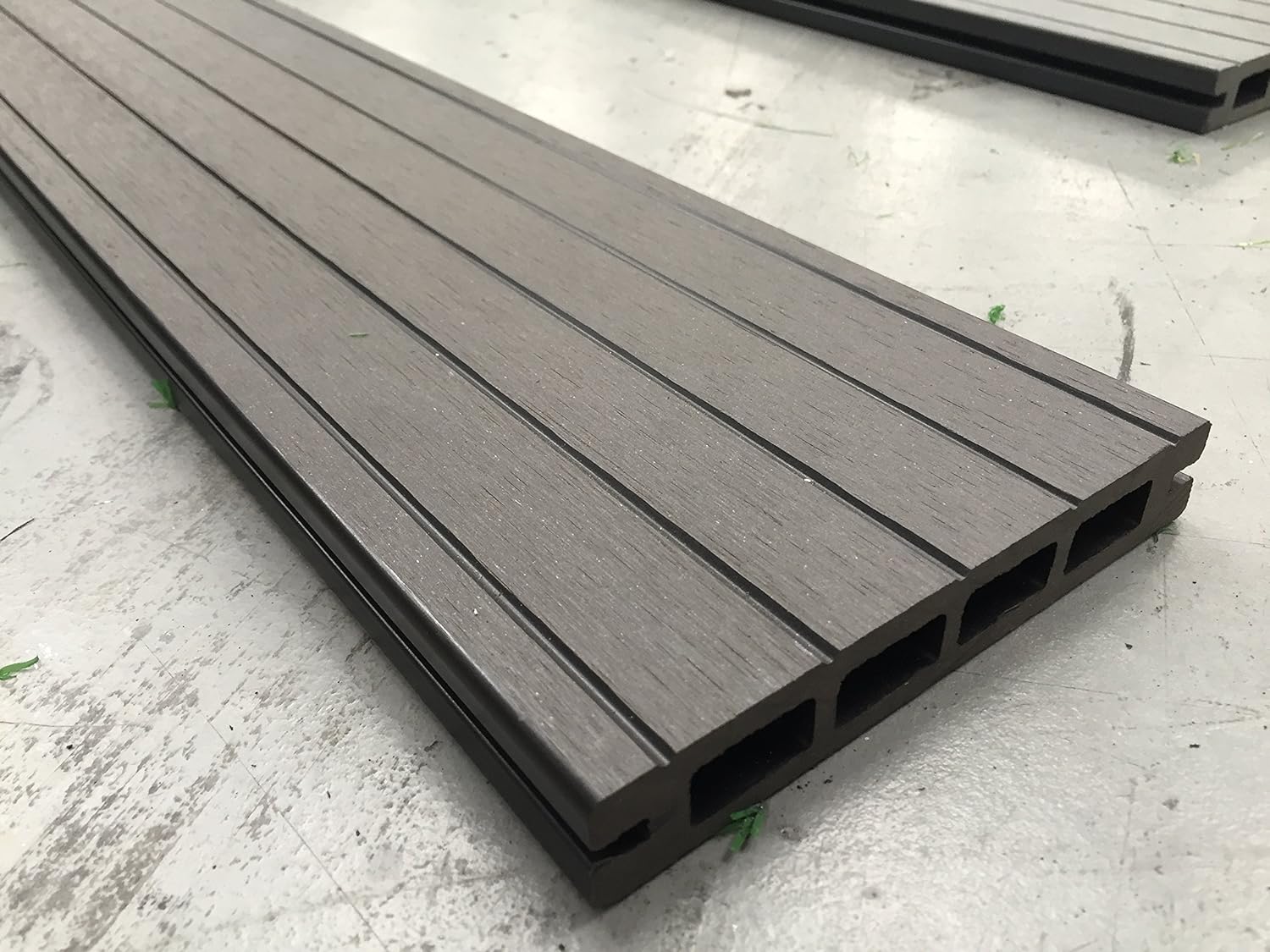
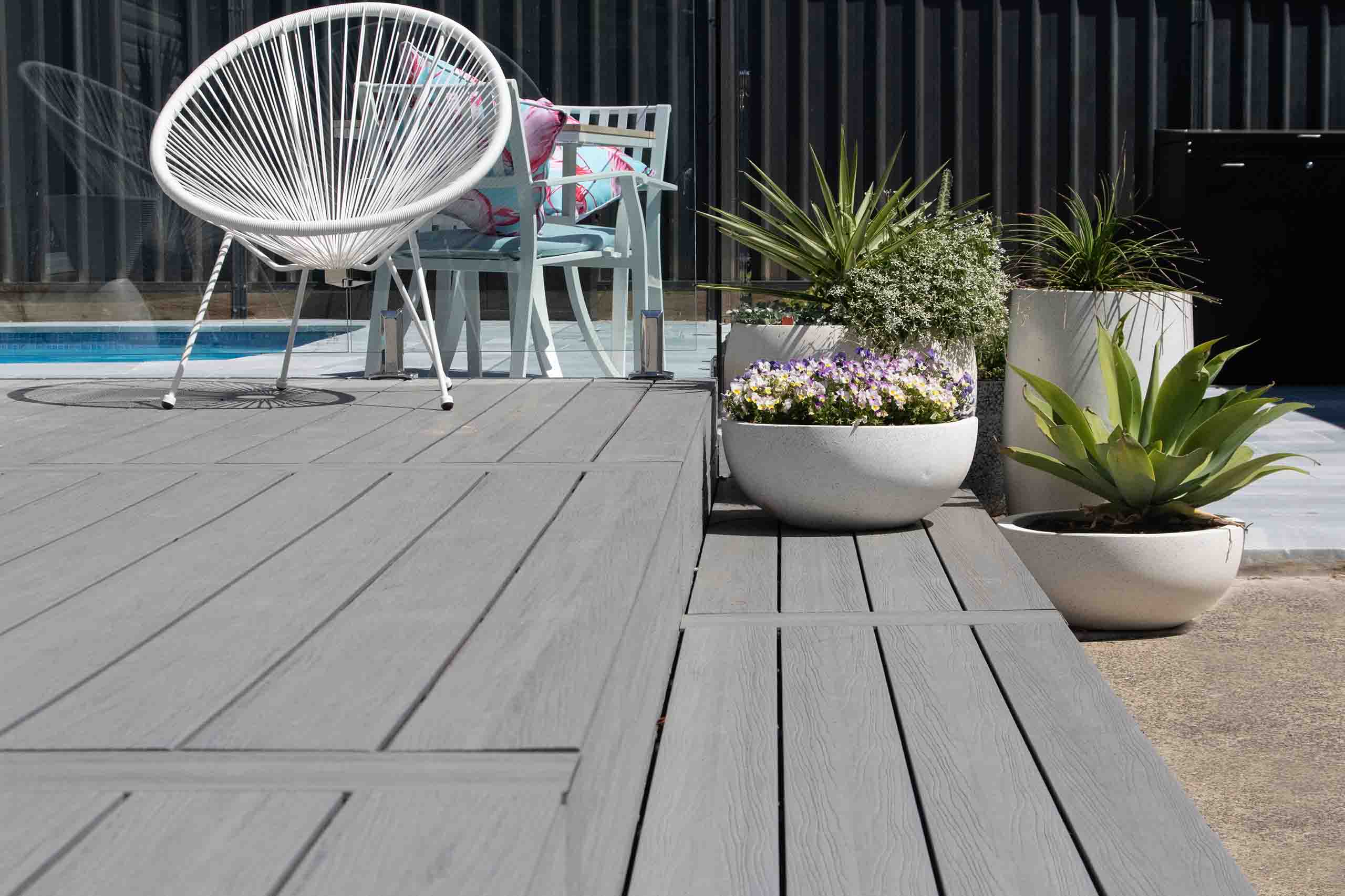
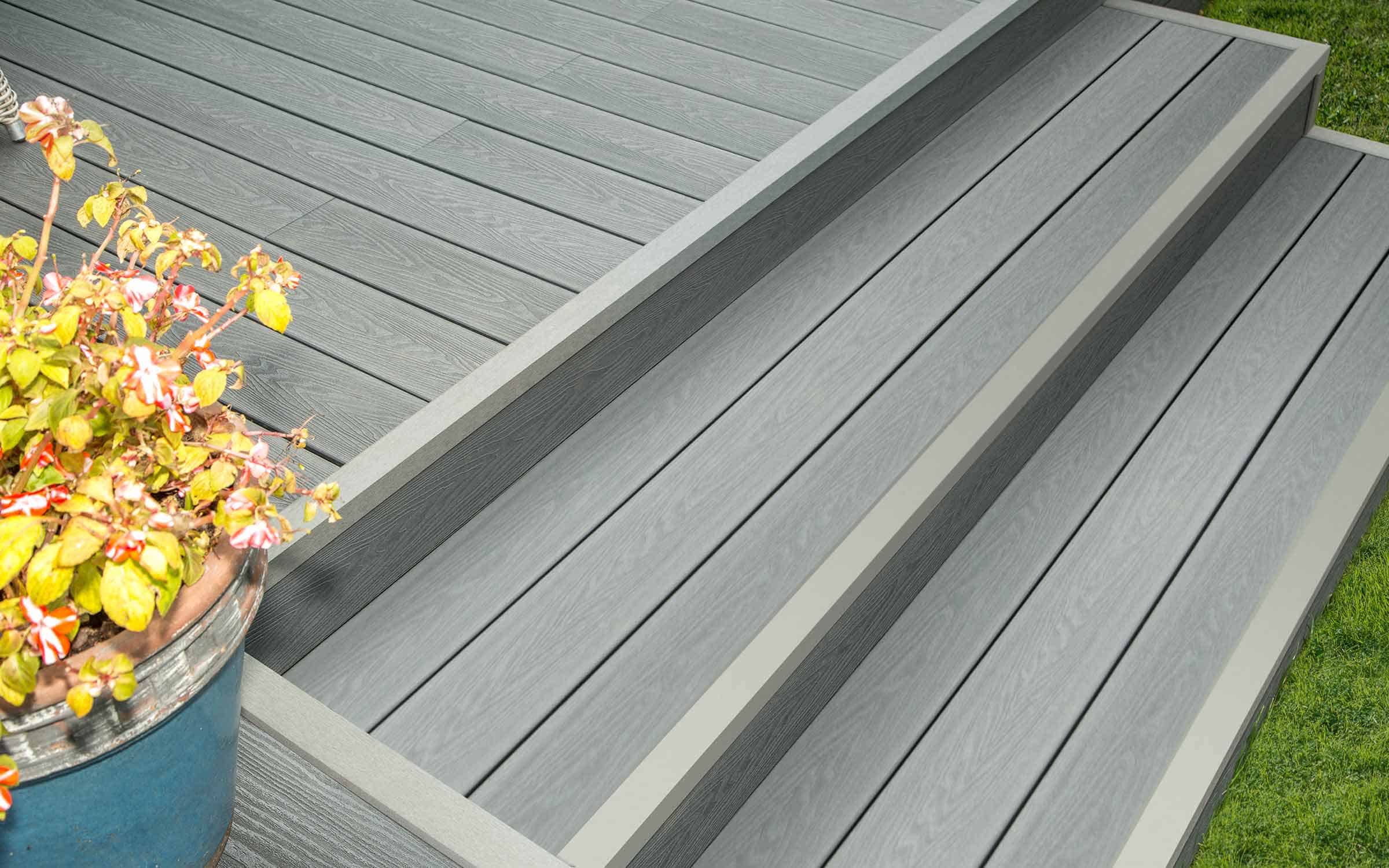
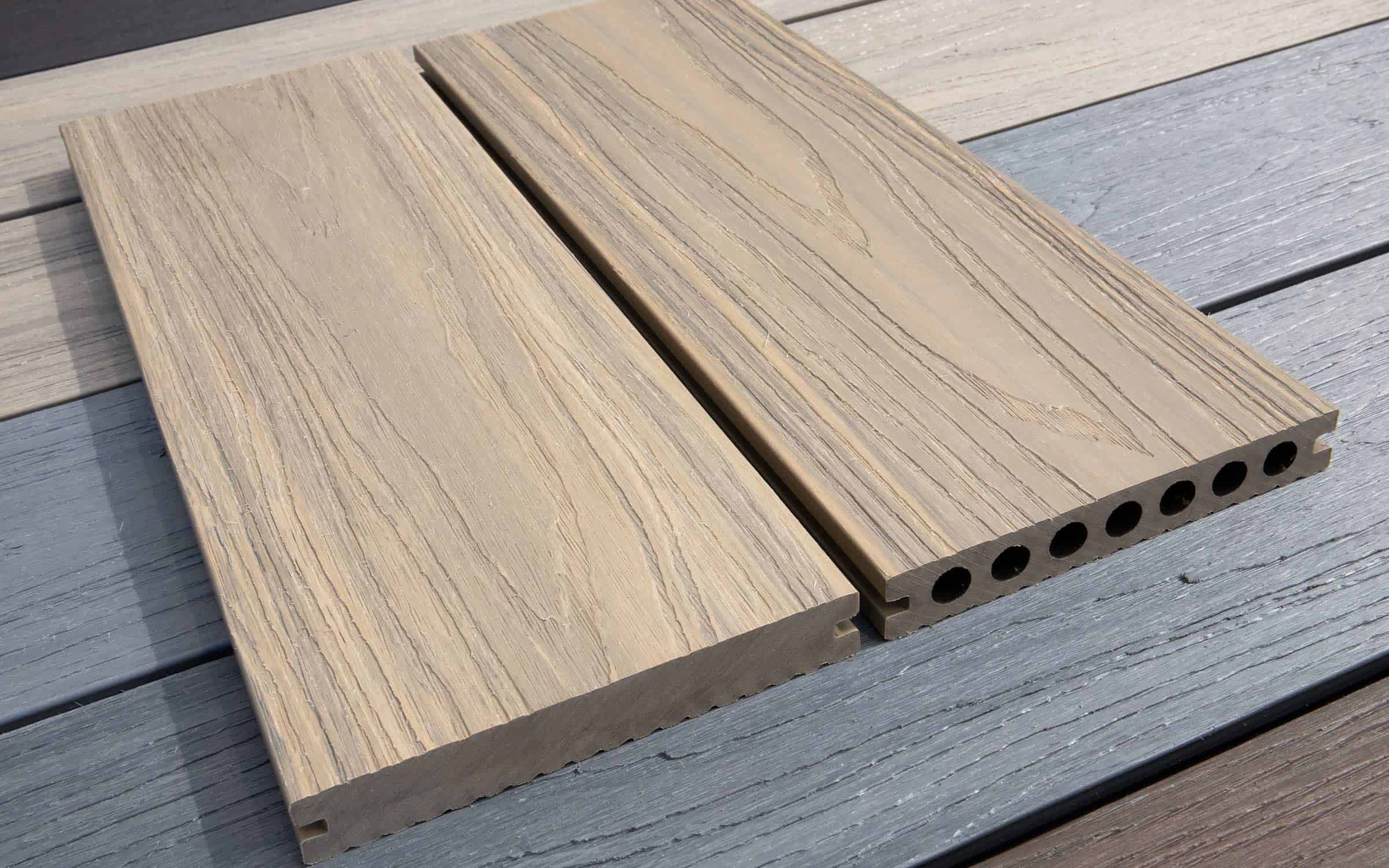

0 thoughts on “How To Screw Composite Decking”